SOUTH CHARLESTON, W.Va. — Rising behind a series of pleasant neighborhoods, one of the largest manufacturing complexes in West Virginia seems to hide in the landscape of the Kanawha Valley.
Now known as the South Charleston Industrial Park, a collection of six massive buildings established as the Charleston Ordnance Center, a naval ordnance plant, played a vital role in the nation's victory in World War II.
Yet, its history seems to be fading into obscurity, according to Kyle Warmack, a historian and program officer of the West Virginia Humanities Council.
A Hidden Giant in the Kanawha Valley
Warmack says knowledge of its history seems to have dwindled. However, its evolution from a military to a private manufacturing facility has shaped the city for decades.
South Charleston was incorporated the same year the plant began construction, which is not a coincidence. The groundbreaking also occurred within days of the U.S. declaring war on Germany in 1917.
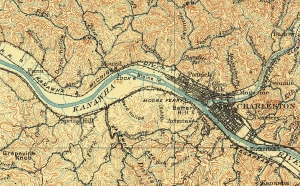
Construction was completed in 1922, although due to the Washington Naval Treaty signed that same year, naval tonnage was limited.
“There wasn’t a lot in South Charleston at the time,” Warmack says. “So this plant was really the big economic hope of South Charleston when it incorporated, and then five years later, that hope dies with the plant’s shutdown.
"What had been thought was going to employ thousands suddenly is employing a few dozen, and that really hurts the town.”
How Roosevelt Reopened the South Charleston Plant
The plant sat dormant for most of the interwar period before President Franklin Delano Roosevelt reopened it in the late 1930s. The president had a special connection to the plant, as he served as Assistant Secretary of the Navy when it was constructed.
“Now, Roosevelt is president, and by 1935, 1936, he’s starting a huge naval rearmament program,” Warmack says. “The U.S. needed to start building up its own Navy again. It’s pretty clear that the world is creeping toward, potentially, a new crisis of some kind.”
A proponent of naval firepower as an element of diplomacy, the president planned to build up the Navy as a vital part of bringing the country out of the Depression, “because ships require a lot of money and labor,” Warmack says.
Training Thousands: The National Youth Administration’s Local Impact
The Carnegie Illinois Steel Corporation was given a contract to work at the plant in 1939, and Congress appropriated $50 million to upgrade the facility. At the same time, South Charleston had become the regional poster project for a lesser-known New Deal agency—the National Youth Administration, which trained thousands of youth who were not eligible to participate in the Civilian Conservation Corps or Works Progress Administration.
“The NYA was designed specifically from the ground up to create job training courses for young people, generally aged 17 to 24,” Warmack says.
Roosevelt housed this program on government property, allowing its young participants to live close to the types of facilities they would be training to use, Warmack says.
“The NYA was put in the two buildings in the back corner that are still there,” he says. “The structures are fundamentally unaltered inside.”
From 1935-1943, more than 5,000 young residents of Kentucky, Virginia, North Carolina, and West Virginia were trained at the naval plant in more than 15 different programs for the industries of the day, including welding, nursing, carpentry, clerical work, commercial cooking, aviation engineering, and machine shop work.
Once the U.S. entered World War II, the plant continued to operate, with its total peak employment reaching approximately 11,000 at the war's height. The Carnegie Steel side was making armor plate.
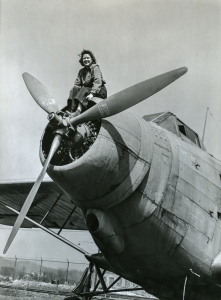
About 8,500 employees, many of them women—“Rosie the Riveters”—worked on the north unit producing various calibers of gun barrels, torpedo air flasks, and Tiny Tim air-to-ground rockets, the first mass-produced air-to-ground rocket for the U.S. military.
During World War II, more than half of the U.S. Navy’s warship armor plates and gun barrels were produced at the plant. “Supposedly, much of the Battleship Missouri comes from there,” Warmack says.
“The contribution to victory in World War II is immense,” he says. “Around here, everybody knew somebody who worked at the plant at some point in its history.”
Barrels made at the plant can still be found across the country in ship museums, including the battleships Iowa and New Jersey, the USS Orleck destroyer, and PT boats.
“One of the best parts of researching that plant has been tracking down South Charleston barrels that are still on museum ships across the country,” Warmack says.
“They were everywhere. You basically have, for a lot of different gun calibers, a one-in-two chance, fifty-fifty. Flip a coin, and you’ll find a South Charleston barrel. That’s just how prolific they were.”
The plant made a significant contribution to the growth of the city and the broader Kanawha Valley, to the extent that the Navy funded improvements to the region's mass transit system.
“We have Navy records talking about the awful traffic congestion in the valley at the time," he said. "At first, it’s funny to think of the Navy being mad about traffic, but when you look at it, if you have thousands of workers who need to get to their shifts, traffic jams impede creating the product that the Navy needs to win the war.”
The facility also contributed to increased housing. The nearby Kenna Homes apartment complex was built for wartime workers, not specifically for those employed at the ordnance plant, although many renters were indeed employed there.
The commander of the plant claimed rents in the Kanawha Valley were sky high because thousands of people had moved from surrounding counties to work at the region’s wartime plants.
“We know that housing is a major issue because the Navy was taking steps to address it,” Warmack says. “It was the closest government wartime plant. If we’re talking about economic impact, it’s not always in terms of raw job numbers. Sometimes there are investments in the area that come along with plants like this.”
The amount of defense spending and subsequent federal investment in the area during and after the war created a solid economic foundation, though the majority of the thousands employed during World War II, primarily women, lost their jobs at the end of the war.
“There’s an argument to be made that the economic prosperity in the region could have been sustained at an even higher level if the winding down of these kinds of plants had been less abrupt and more carefully planned out,” he says.
A Lasting Legacy: From WWII Arsenal to Modern Manufacturing Hub
Operational to a lesser extent during the Korean War, the plant was decommissioned in 1961. While on the campaign trail for president, John F. Kennedy made a stop in South Charleston.
Later, as part of his economic revitalization program, Kennedy stated that the plant had potential but was not benefiting the people of West Virginia, and he pledged to sell it to private industry.
The plant’s last day was June 30, 1961. It was then sold to FMC Corporation, an agricultural equipment manufacturer at the time, which would go on to produce 15,000 military vehicles during the Vietnam War.
“They became accustomed to being defense contractors, and the company designed the M113 armored personnel carrier, which became the iconic personnel carrier of the Vietnam War and is one of the most mass-produced armored vehicles in the world throughout its history,” Warmack says.
In 1974, American Motors leased the building that Gestamp now occupies. A few years later, Volkswagen assumed that lease, and the plant became the first site in the U.S. where the company manufactured car parts. Much of the plant’s foundation and structure has remained unchanged.
“It’s been some type of automotive manufacturing, largely a stamping kind of operation, for half a century now, and it packs in a lot in its century of history,” Warmack says.
“Anything you want to talk about in American and West Virginia history for the given era, you can point to some way in which what’s happening at the plant reflects what’s going on in the nation.
“You can see that scale of American history reflected with this local landmark that’s easy to drive by, despite being 210 acres in the heart of South Charleston. It’s in the competition for being one of the largest individual structures in the state—and yet it does an amazing job of sort of blending into the background.”
Sign up for a FREE copy of West Virginia Explorer Magazine in your weekly email. Sign me up!
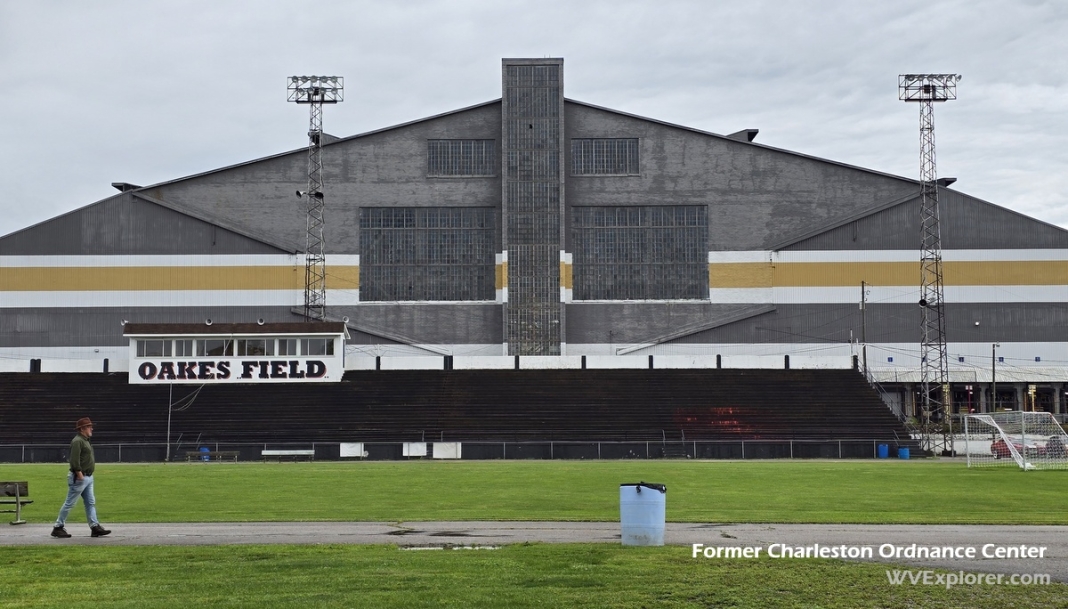
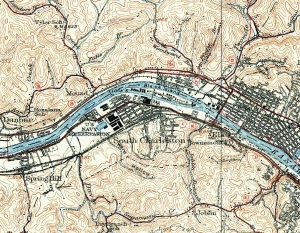
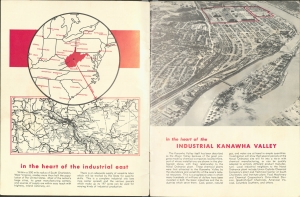
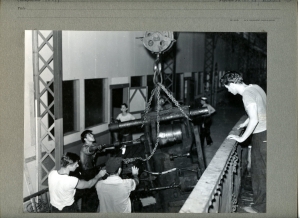
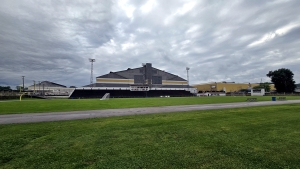
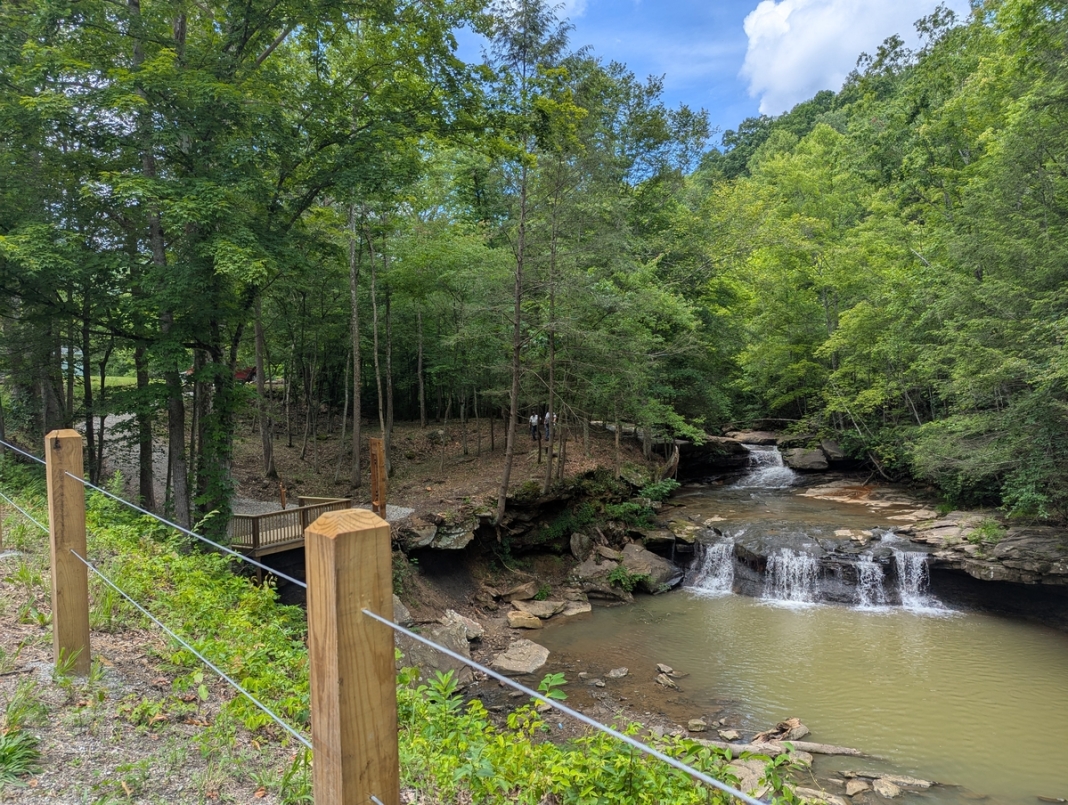
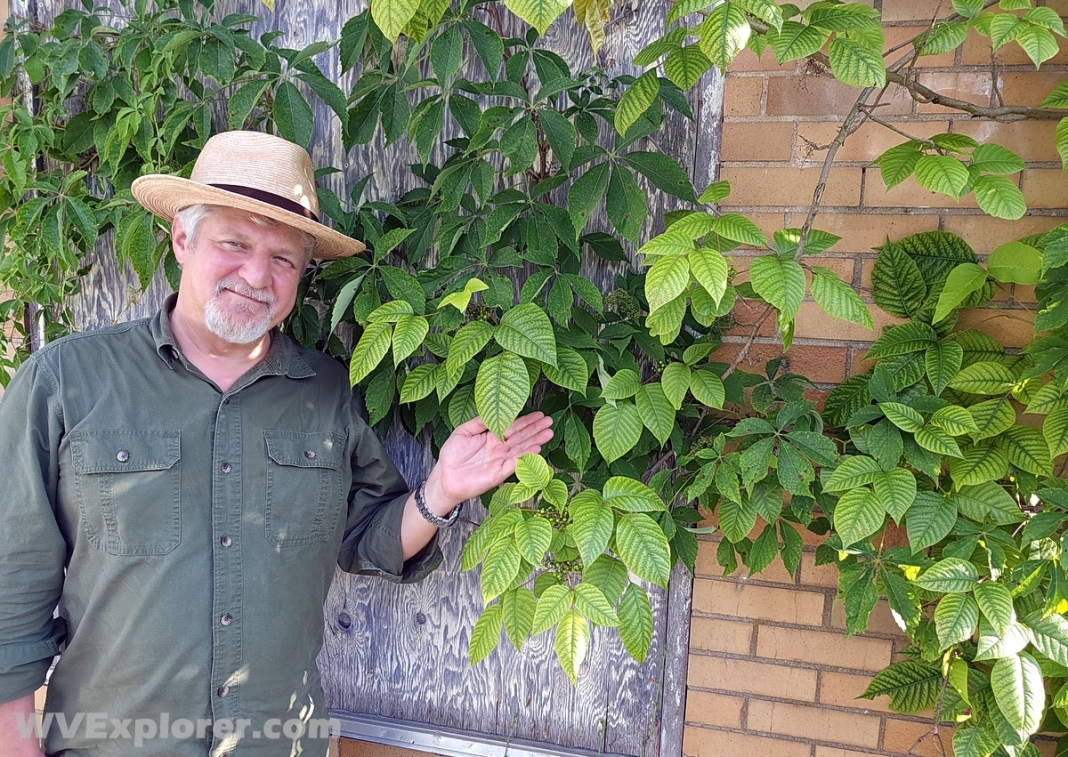
A wonderful article…thank you for allowing WV know what a major contribution to help our military with equiptment
This is a wonderful article! Wow! I grew up in South Charleston about a mile west of the ordinance plant, on W. McCorkle Ave. Our home bordered on the Kanawha River, and our family was there for over 20 years, beginning in 1942. I never knew very much about the ordinance plant, except it had something to do with manufacturing defense products. My father began working at Union Carbide sometime in the late 20s. South Charleston was a wonderful place for our family. Lots of good people!
I am so happy I found this article and had the time to read in entirity. I was born and raised in South Charleston and I recall listening to my Grandfathers history. I remember this building and I know that my Grandfather worked there after being in the coal mines, when the structure was known as a Naval site and he stayed on when it changed to FMC. My Dad worked at Union Carbide and was transferred to Houston, Tx in 1966. I was 11 and we all were very unhappy with this move. We still, now in our 70's, wish we had never left WVa. This article conjured up all types of memories for me, so I thank you very much for posting this.
Nancy Angier (Midkiff)